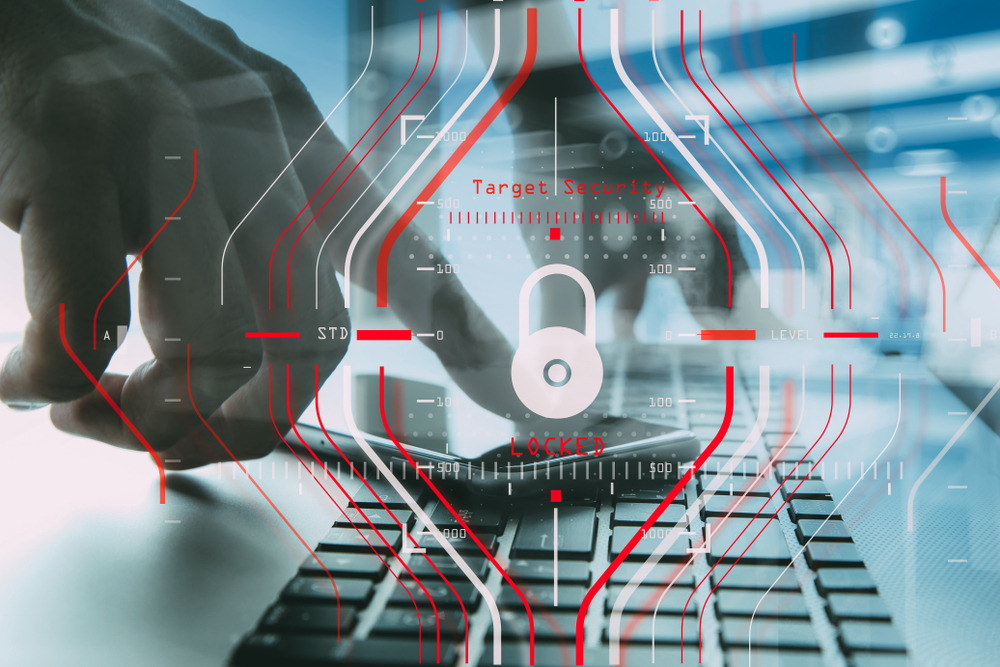The manufacturing industry is becoming a prime target for hackers where their technology is being compromised resulting in significant disruption within this sector.
Make UK , the Manufacturers Organisation recently carried out a cyber security resilience survey in the UK which demonstrated varying degrees of preparedness by manufacturers.
https://www.makeuk.org/insights/publications/2019/09/06/cyber-security-and-manufacturing
The highlights of the report were as follows:-
- 60% of manufacturers indicated that they had been subject to some form of cyber security incident
- 41% of their customers had requested evidence of the robustness of their cyber security processes and procedures
- 31% of manufacturers were also asked this question within the supply chain
IBM’s 2019 Global Threat Intelligence Index showed that 10% of all attacks are aimed at the manufacturing sector.
Cyber Risk
As with most business digital transformation is underway but with this brings new vulnerabilities and threats which need to be managed. For the manufacturing sector achieving the optimum production rates is vitally important and one of the ways in achieving this is through digitisation and a greater reliance on connectivity throughout the organisation.
What are some of the main Cyber Threats in this sector?
- The theft of intellectual property by a hacker
- Ransomware attacks from malware
- Phishing attacks through as a result of access via the industrial control system
- Spam messages which when deployed on mass will impact on productivity and communications within the organisation.
- The compromise of the firms website that may impact on their reputation should defamatory of controversial commentary be posted by a hacker.
- Employees or customers being subject to identity theft where they have had their personal details accessed by a cyber attack. This could include bank and credit card information details that are then used to commit fraud or are sold on the dark web.
How can the sector help protect itself ?
Cyber risk management plays an important role in combating the evolving and unpredictable cyber threats that exist and should be pro-active rather than reactive.
In tandem with this businesses in this sector would benefit from purchasing cyber insurance which provides coverage for financial loss caused as a result of unauthorized access of their computer systems. More important it also provides incident response services from an established vendor panel drawn up by insurers.
Irrespective as to how cyber threats are managed it important that this given the correct level of priority at board level so that the right attention and appropriate resources are utilized to protect the well being of the organization.
Image : Shutterstock




